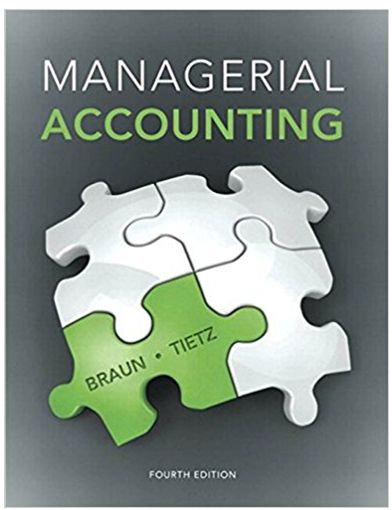Honolulu Enterprises has two decentralized divisions (Coconut and Guava) that have decision-making responsibility for the number of resources invested in their divisions. Recent financial extracts
Honolulu Enterprises has two decentralized divisions (Coconut and Guava) that have decision-making responsibility for the number of resources invested in their divisions. Recent financial extracts for both divisions are presented below:
| Coconut | Guava | |||||
| Fixed assets, gross | $ | 4,500 | $ | 7,200 | ||
| Accumulated depreciation | $ | 2,700 | $ | 2,160 | ||
| Other assets | $ | 900 | $ | 1,350 | ||
| Liabilities | $ | 900 | $ | 1,800 | ||
| Sales | $ | 12,150 | $ | 12,960 | ||
| Net income after tax* | $ | 1,330 | $ | 1,810 | ||
| Average age of fixed assets (years) | 15 | 5 | ||||
*Net income is after tax but before interest
Honolulu's weighted average cost of capital (WACC) is 15% and the company uses residual income as a method to evaluate performance. Which of the following statements is correct?
Coconut’s ROI will be raised by divesting of a project with a 20% ROI but its RI will be lower.
Coconut’s RI will decrease by taking on a project with a $12 cost and net income before interest of $3.
Guava’s RI will increase by taking on a project with an $8 cost and net income before interest of $1.1.
Coconut’s RI is less than Guava’s RI.
None of the choices are correct
Step by Step Solution
3.41 Rating (167 Votes )
There are 3 Steps involved in it
Step: 1
Answer Solution Each option is ...
See step-by-step solutions with expert insights and AI powered tools for academic success
Step: 2

Step: 3

Ace Your Homework with AI
Get the answers you need in no time with our AI-driven, step-by-step assistance
Get Started


